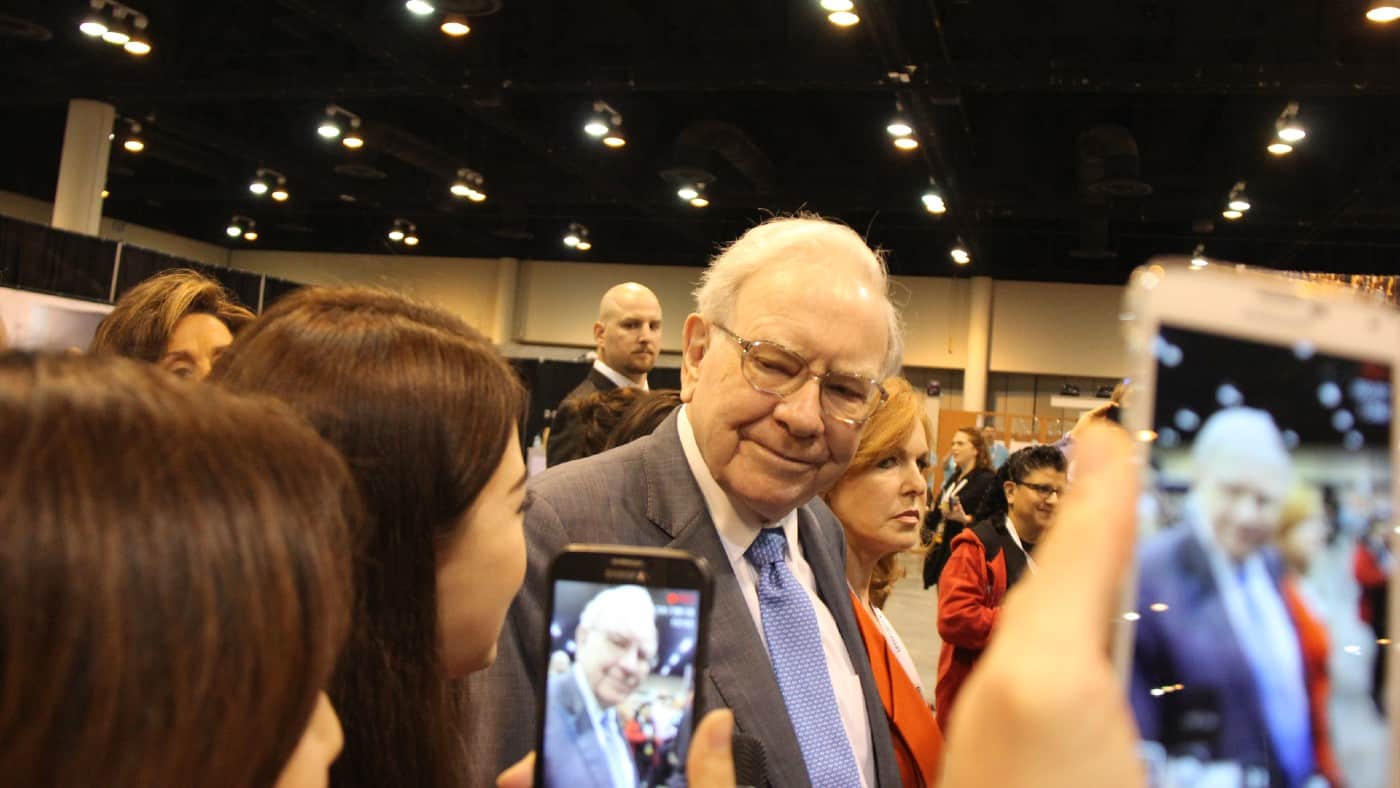In the world of investing, few have come close to beating Warren Buffett’s impressive track record. The billionaire investor is known for hunting and capitalising on bargains within the stock market using a very simple long-term buy-and-hold strategy.
While the ‘Oracle of Omaha’ has primarily operated within the US markets, his investing principles are easily applied to the London Stock Exchange. And British investors following in his value-hunting footsteps could unlock superior returns in the long run.
Price vs value
The price of a stock and its underlying value are often mistaken to be the same thing by new investors. And making such as error can be costly. As Buffett puts it: “Price is what you pay, value is what you get”.
In the short term, shares are driven by mood and momentum. Meaning when everyone’s feeling pessimistic, stock prices can drop substantially. Hence why plenty of growth investments in 2022 suffered so significantly. The opposite is also true. When the investing community gets overexcited, shares can reach absurd prices that aren’t sustainable.
However, in the long run, prices always eventually reflect the performance of the underlying business. After all, each share is a claim on earnings. And when businesses succeed, earnings rise, leading to more valuable equity that drives up the price.
That’s why Buffett exclusively searches for high-quality businesses that are trading firmly below their intrinsic value, regardless of how boring.
How Buffett determines quality
The definition of a high-quality enterprise is a bit vague. There are a lot of factors and characteristics that not every business has due to the nature of an industry. Therefore, a company that looks weak in one sector may appear strong in another.
While there are a lot of nuances involved with stock picking, and while most of us don’t have the billionaire’s resources, one theme that doesn’t change in each of Buffett’s analyses is the search for competitive advantages.
The biggest companies in the world today achieved their dominant status by establishing and maintaining a critical edge over competitors. These advantages can come in many forms.
Some examples include a respected brand, creating sticky relationships with customers, or finding a difficult-to-replicate way of running operations more efficiently. And when combined, they create a moat that helps to capture and protect market share.
Even if a stock looks cheap, Buffett won’t touch it unless there is a wide or widening moat around the underlying business.
He’s often said his favourite investment holding period is “forever”. Buying subpar businesses, even at cheap prices, isn’t going to deliver ground-breaking returns even in the long run. And considering his average annual return since 1964 currently stands at 19.8% versus the stock market’s 9.9%, I think it’s fair to say he’s spot on.
That’s why when I’m searching to take advantage of cheap UK shares for my portfolio, I’m also filtering out any company that doesn’t have or can’t sustain a wide moat.








